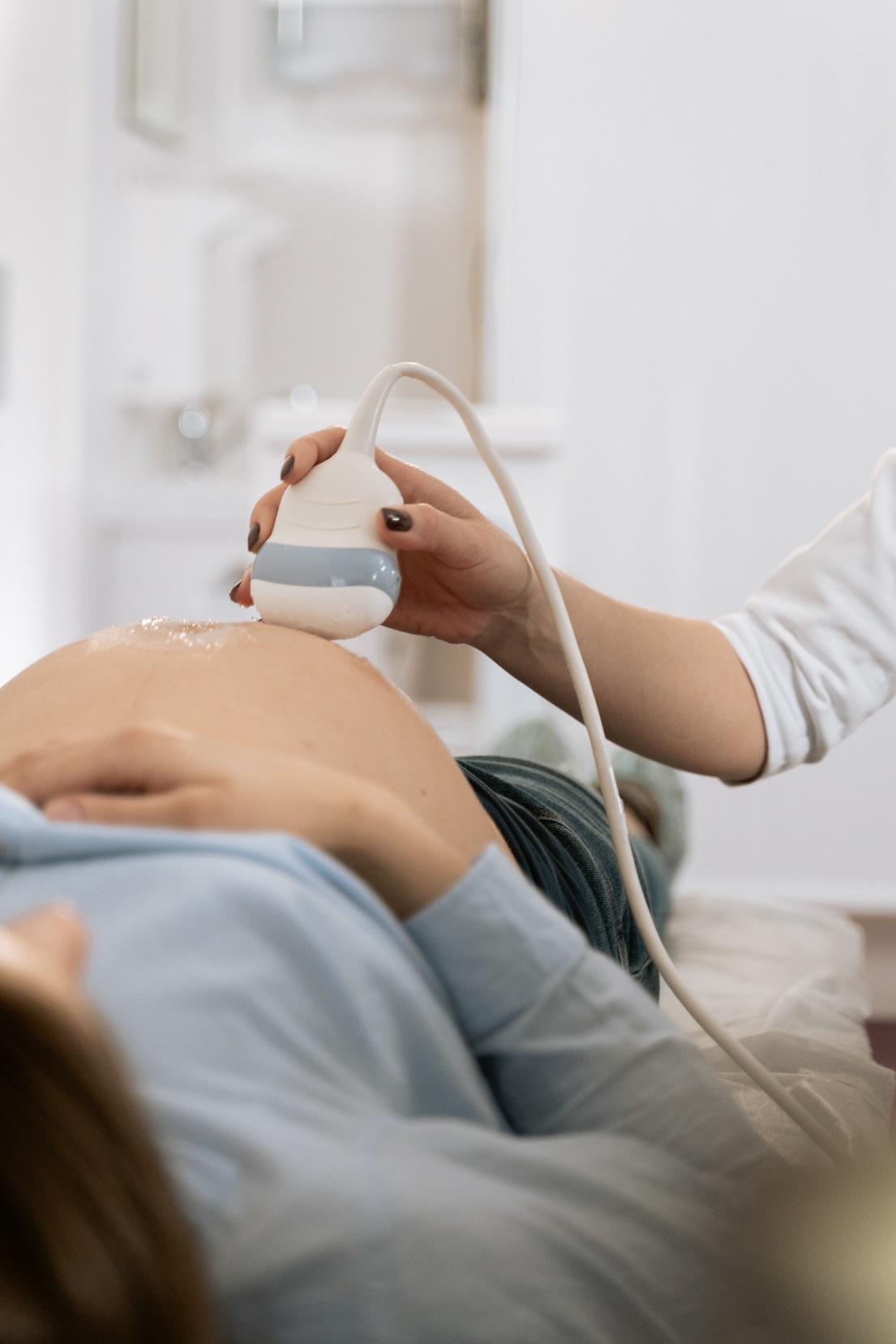Maternal death rates have risen during COVID.
Recently released data shows maternal mortality rates before, during and after childbirth, including deaths in the first six weeks after a child is born, went up in the first year of the coronavirus pandemic as resources were quickly allocated to fending off the outbreak. This increase equated to a maternal mortality rate of nearly 24 deaths per 100,000 live births in 2020, up from approximately 20. deaths per 100,000 live births in 2019.
As cases of the virus continue to be reported and Roe v. Wade continues to be debated, the number of deaths could continue to rise. It is important, therefore, for families to be prepared at all stages and be comfortable with the medical team that will be helping each mother along the way.
“A lot of data on specific doctors and hospitals can be found publicly,” said Kristen Terlizzi, survivor of a 2014 placenta accreta and co-founder of the National Accreta Foundation. “Knowing how your physician and hospital rates as compared to others (i.e., cesarean rates, infection rates, readmission rates) can give you valuable insight into how they perform. ‘Liking’ your doctor as a person is nice, but not nearly as important as their and their facility’s culture and track record.”

Marianne Drexler, who survived a hemorrhage and emergency hysterectomy in 2014, added, “Key pieces of information every woman should know before choosing a hospital are: What are their safety protocols for adverse maternal events? No one likes to think about this while pregnant, and providers will probably tell you that it’s unlikely to happen. But it does happen and it’s good to know that the hospital and providers have practiced for such scenarios and have proper protocols in place.”
Mothers who opt to deliver at a birthing center should all be mindful the center’s culture and their physician’s records, too. They should also be aware of how close the nearest intensive care unit is if something unexpected were to occur.
“If a birthing center is your choice, discuss what happens in an emergency – how far away is the closest hospital with an ICU?” posed Miranda Klassen, survivor of amniotic fluid embolism in 2008 and founder/executive director of the Amniotic Fluid Embolism Foundation. “Because a lot of hospitals don’t have them. Another thing many women don’t realize is that not every hospital has an obstetrician there 24/7. Ask your doctors: If they’re not able to be there the whole time you’re in labor, will there be another ob/gyn on site 24 hours a day if something goes wrong?”
Of course, open communication with medical personnel during all stages is essential, Susan Lewis, who survived disseminated Intravascular Coagulation (DIC) in 2016, stressed. “A conversation about possible things that could go wrong is prudent to have with your doctor or in one of these childbirth classes. I don’t think that it needs to be done in a way to terrify the new parents, but as a way to provide knowledge. The pregnant woman should be taught warning signs and know when to speak up so that she can be treated as quickly and accurately as possible.”
Overall, mothers should never be afraid of speaking up and advocating for themselves or their baby-to-be. Feeling as prepared as possible and genuinely cared for is essential to having a healthy pregnancy, birth, and post-partum experience.
Sources:
What You Need to Know When You Give Birth in a Country With Rising Maternal Mortality Rates
The New U.S. Maternal Mortality Rate Fails to Capture Many Deaths


Join the conversation!